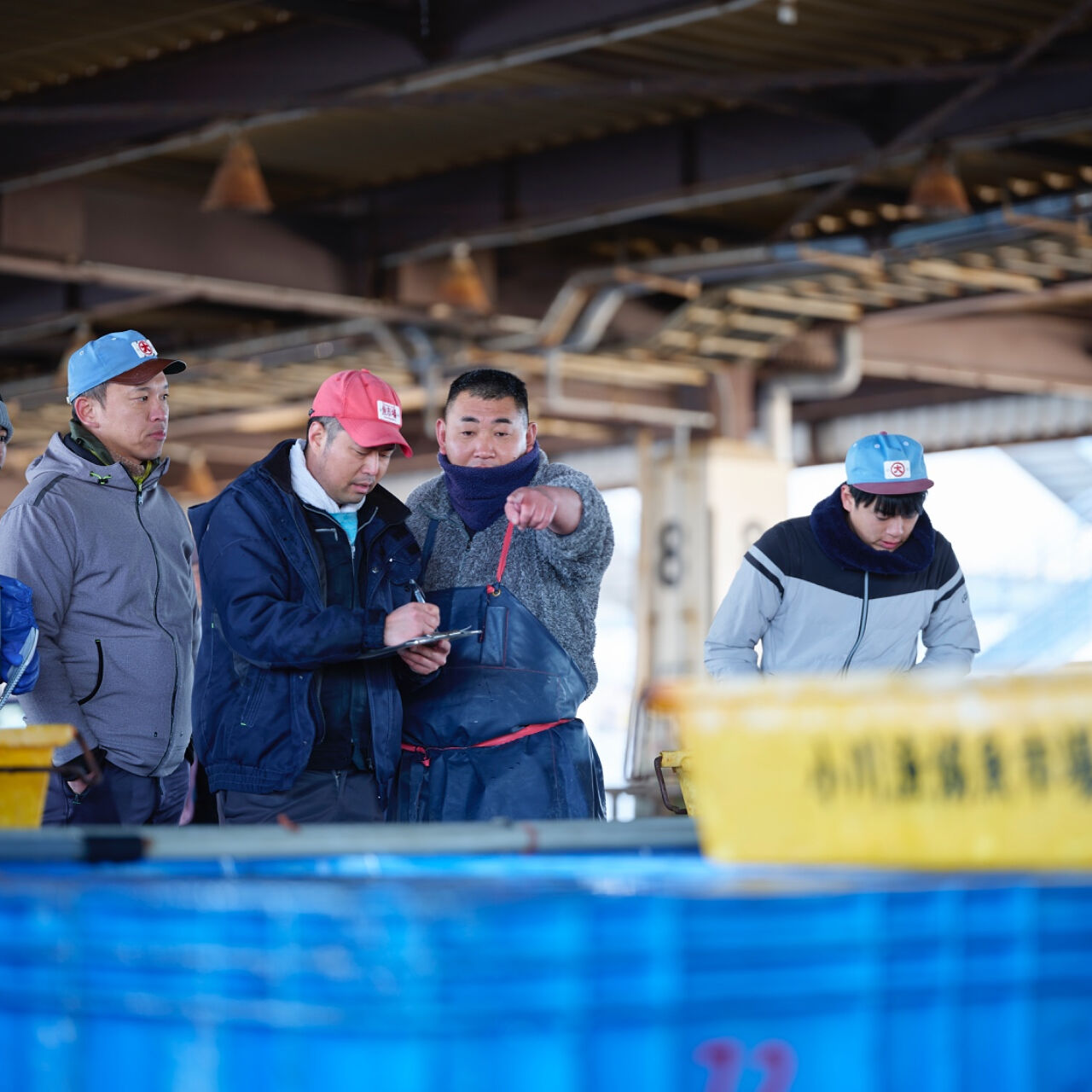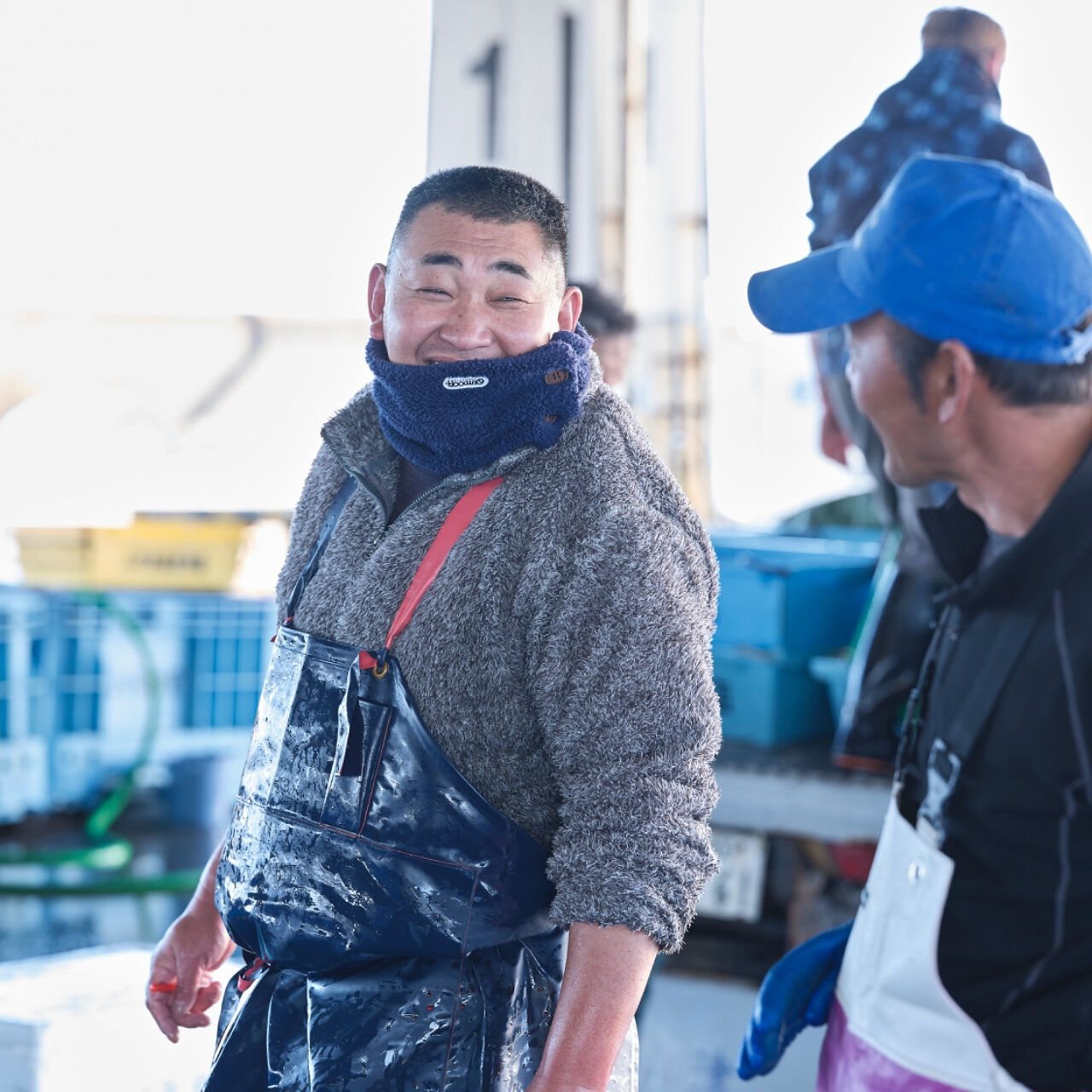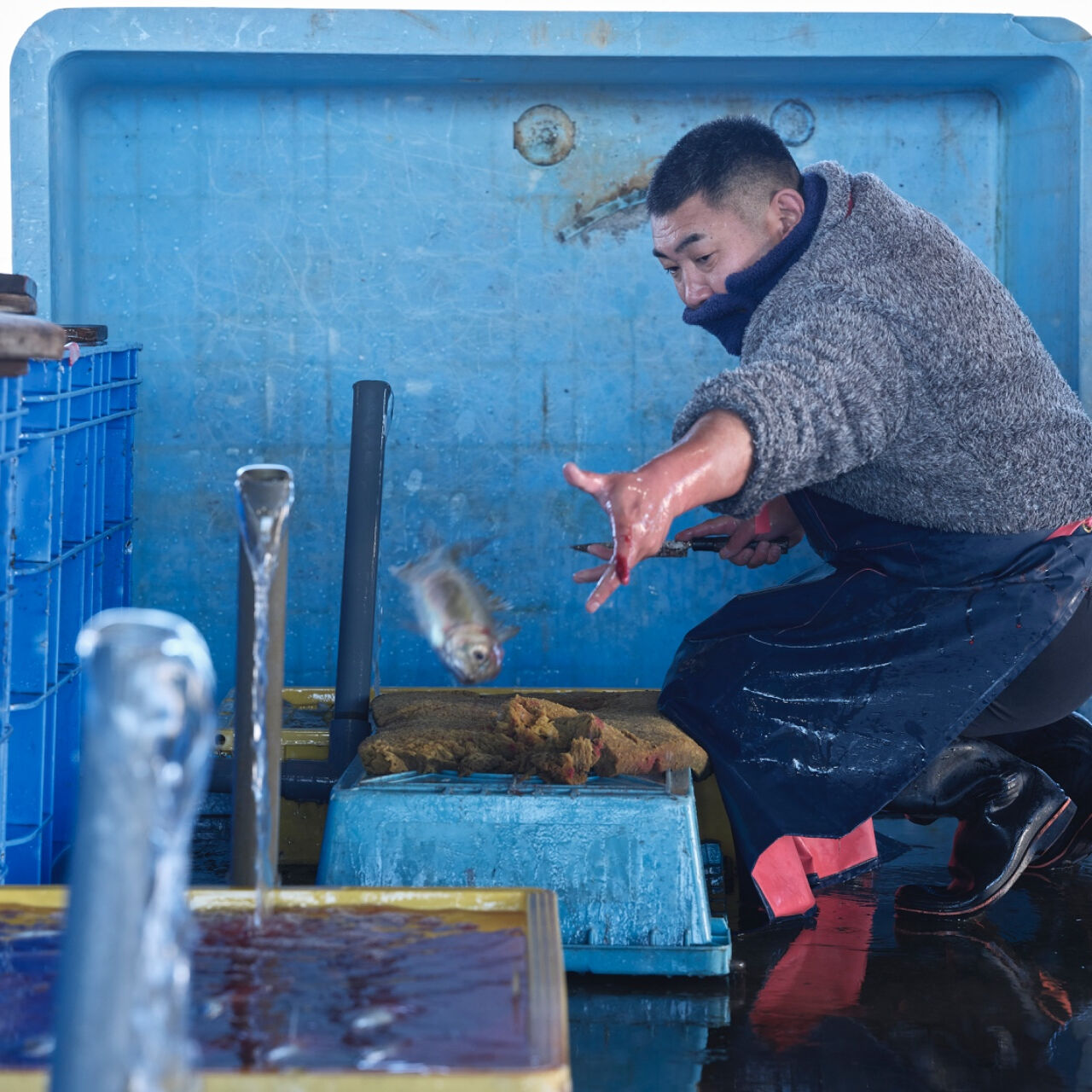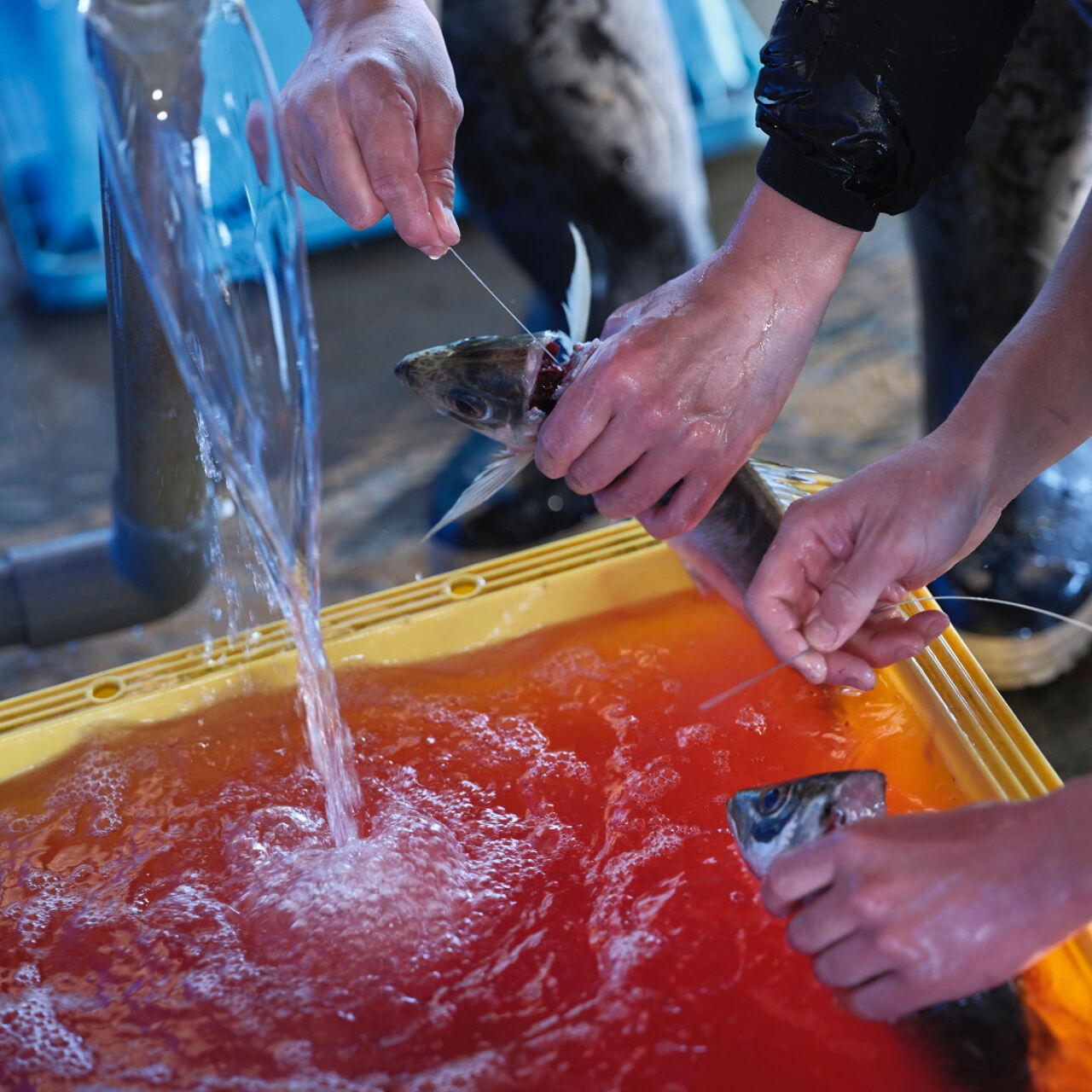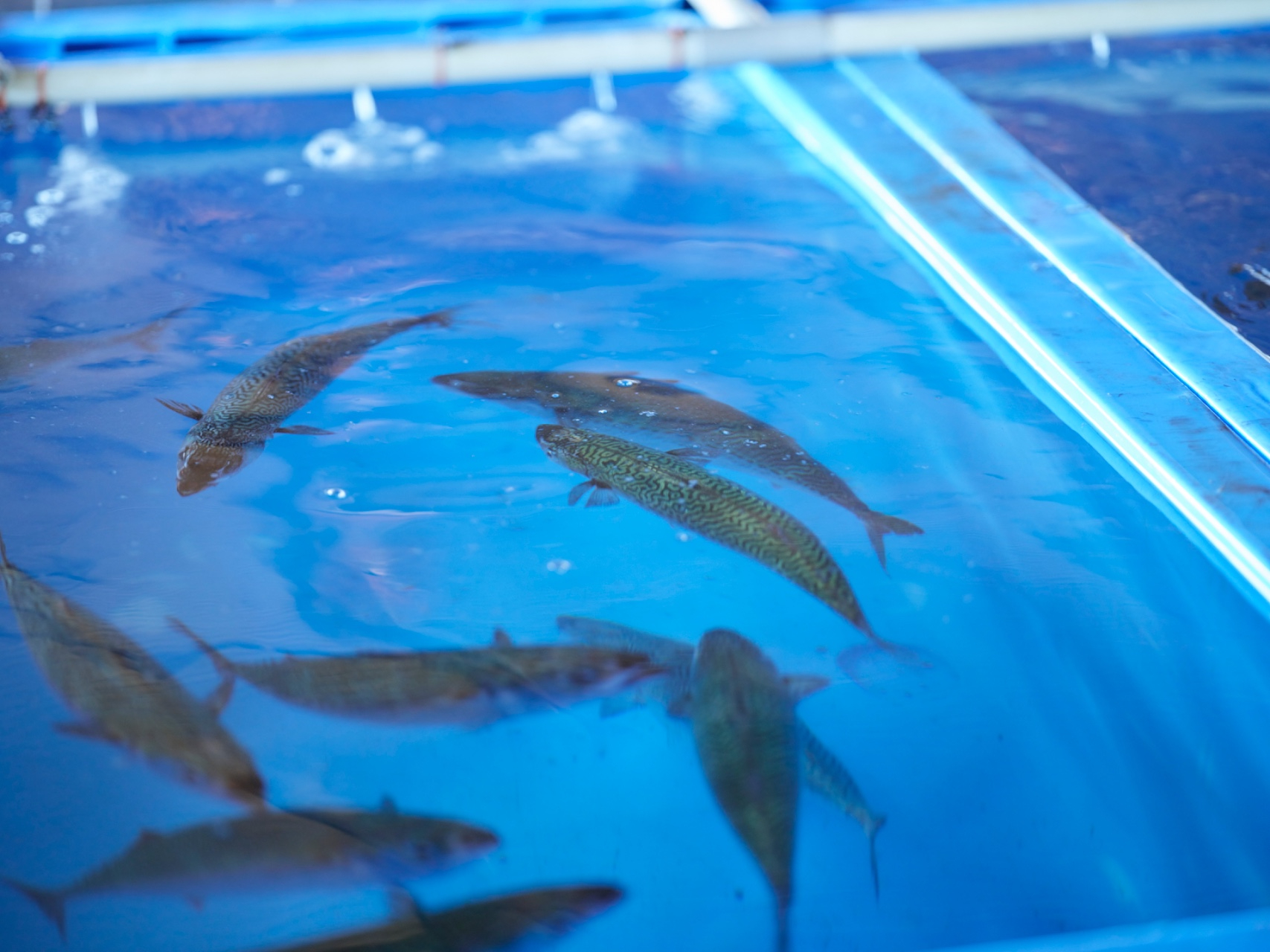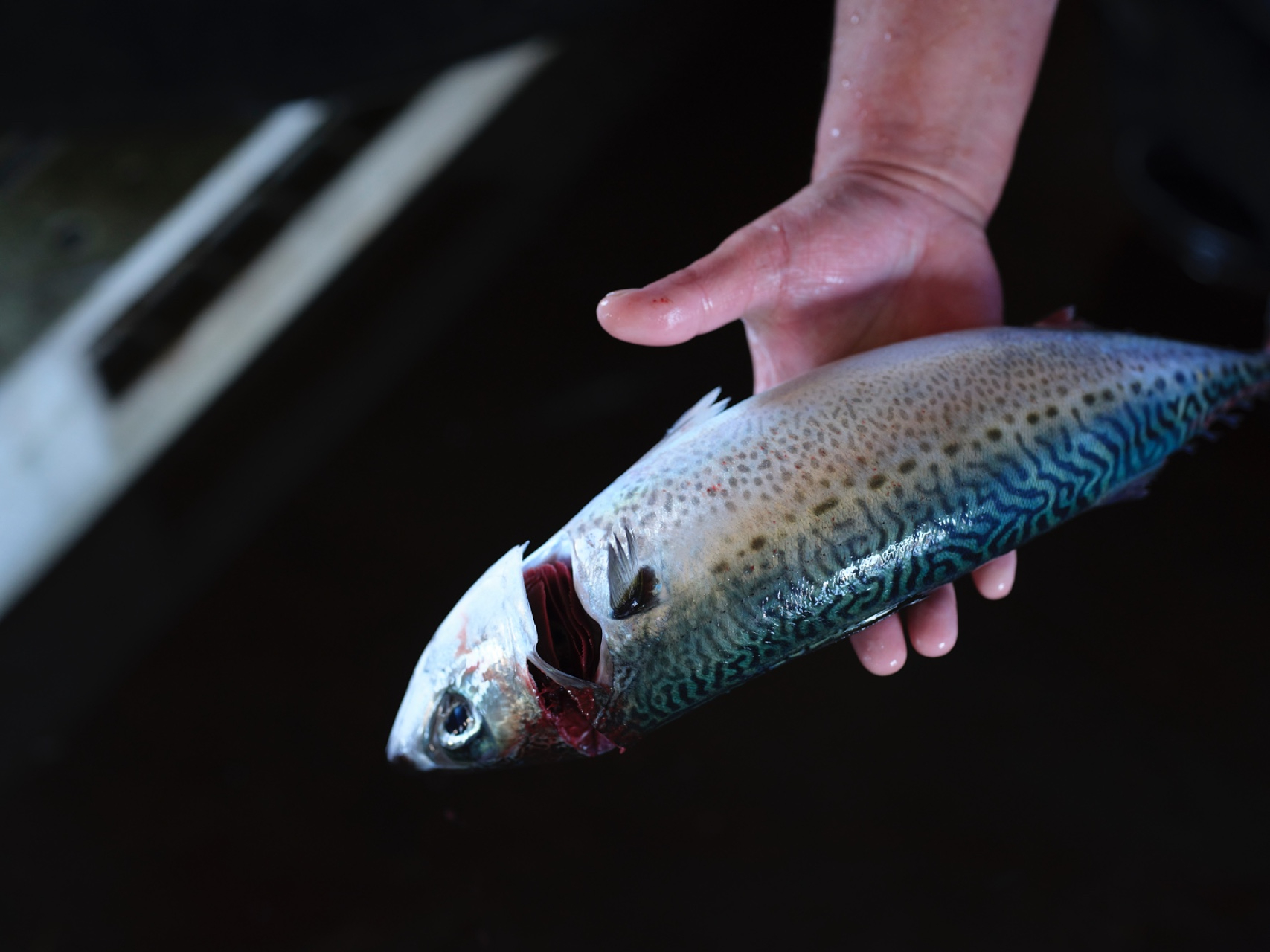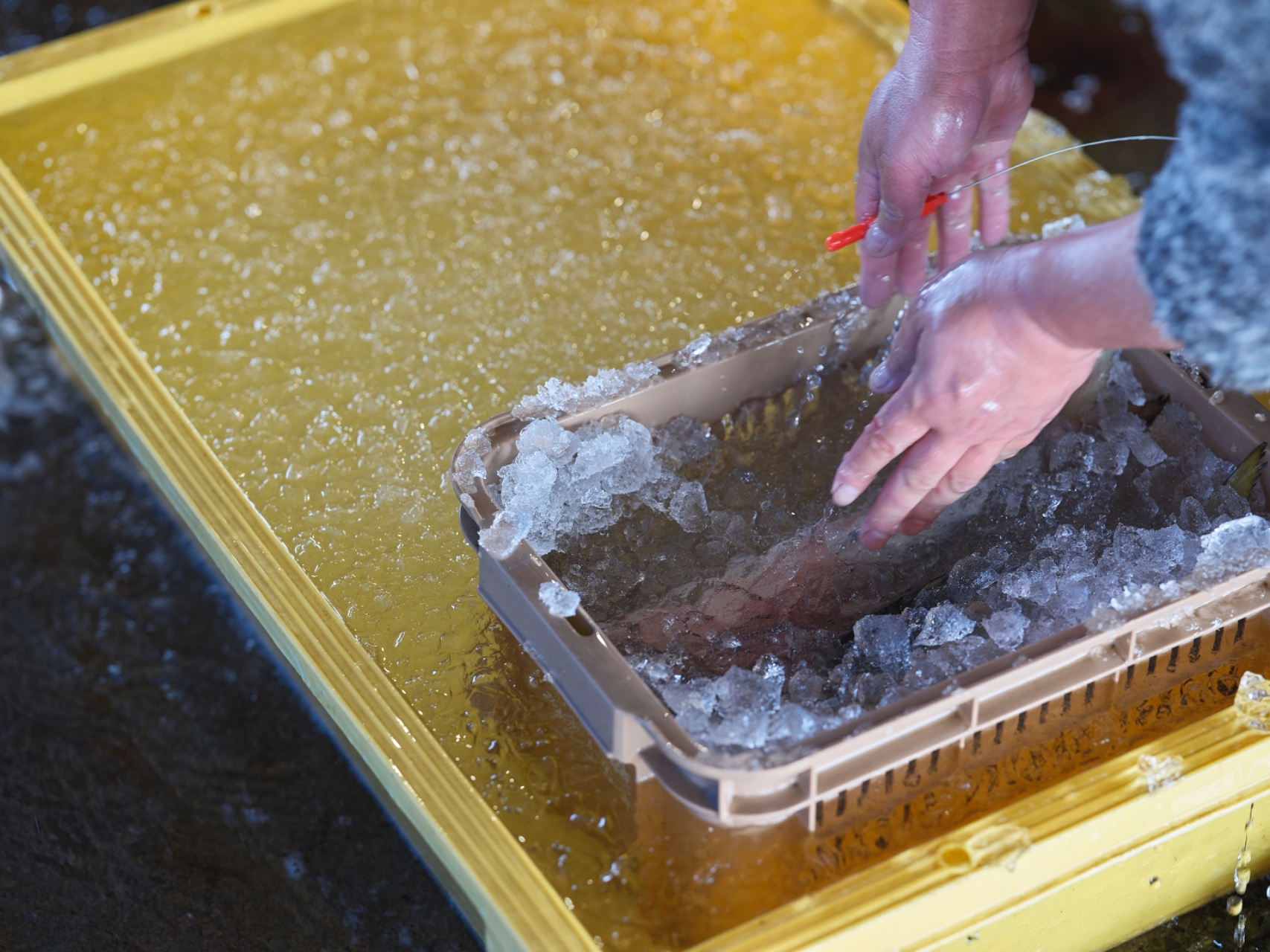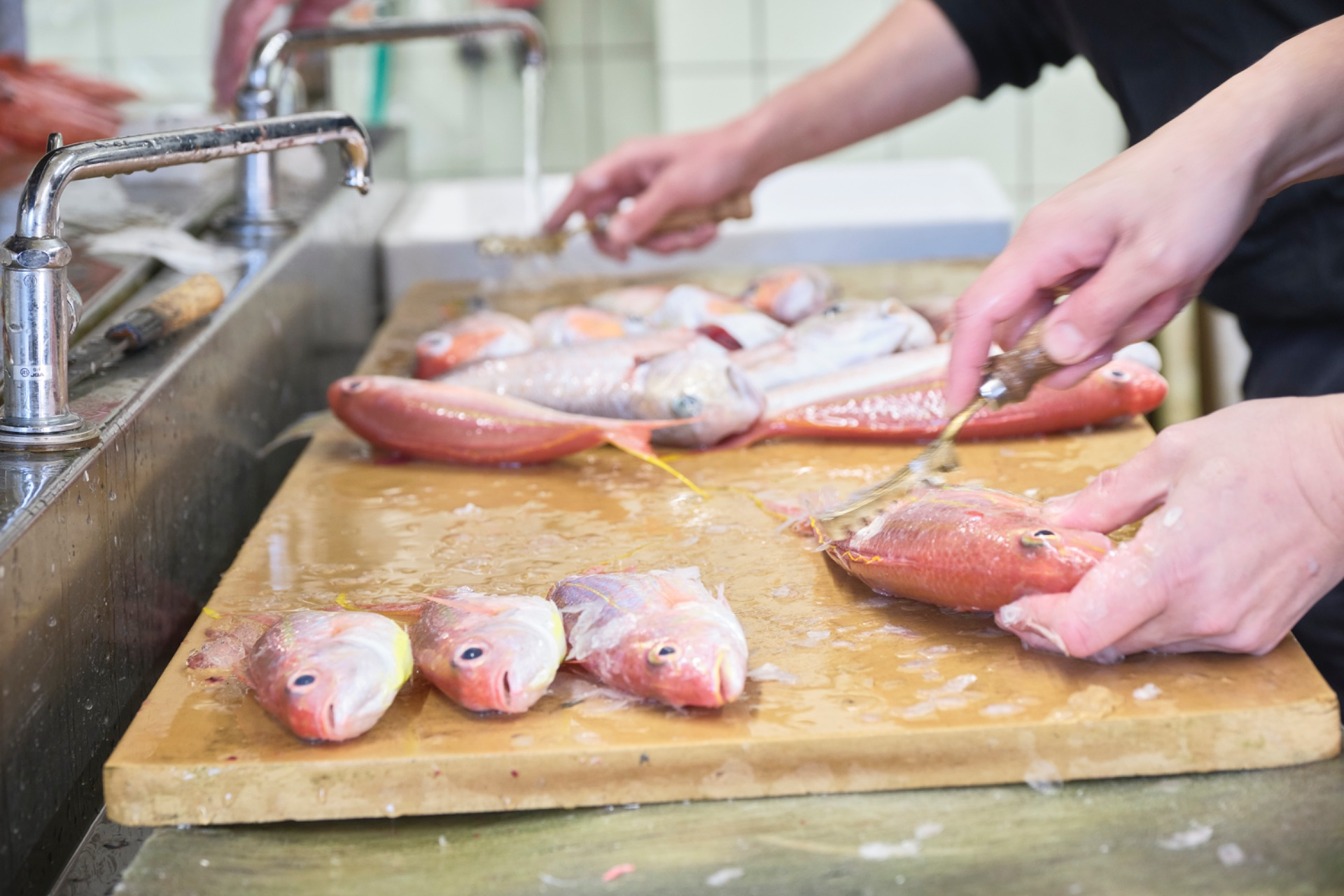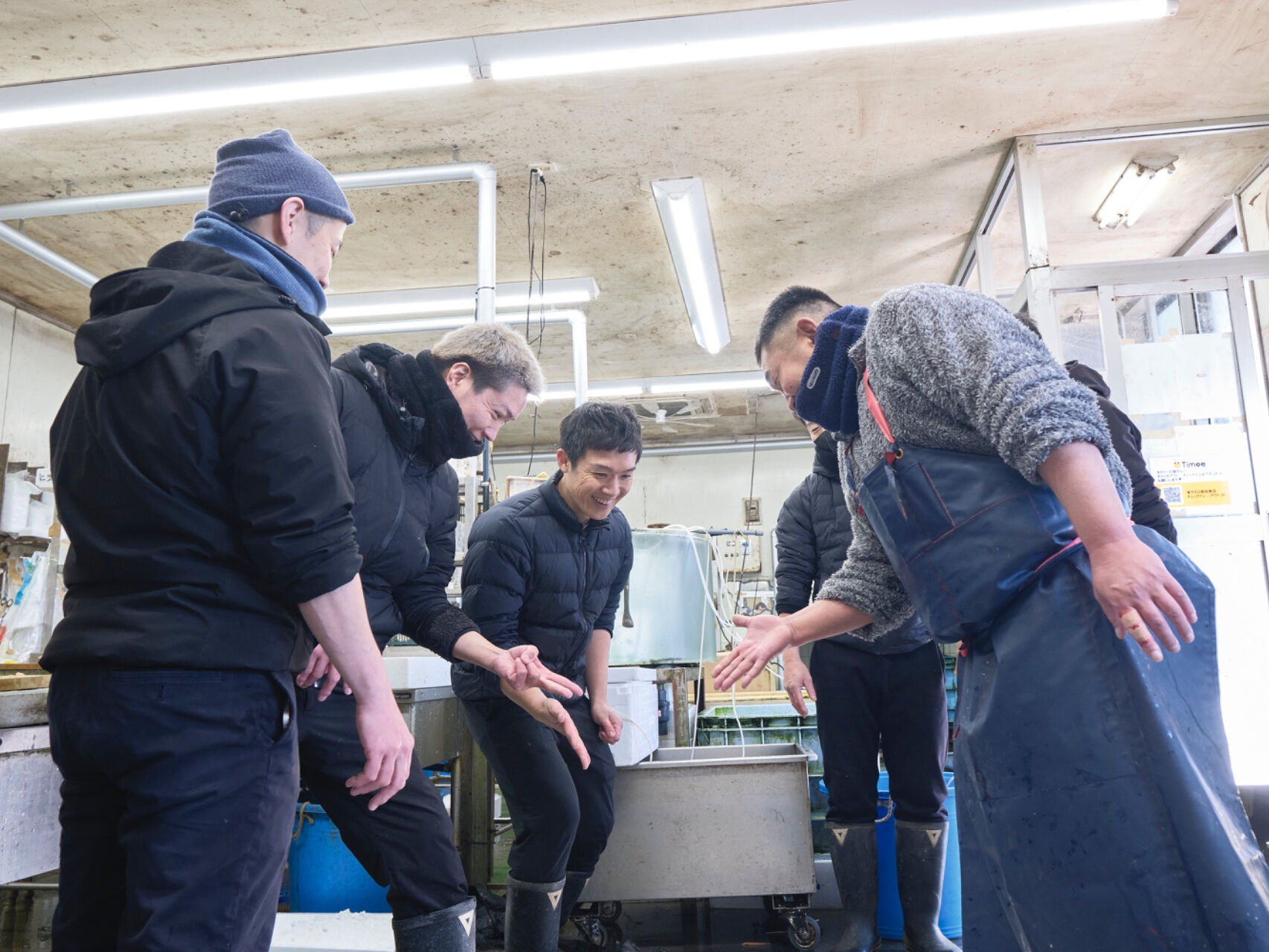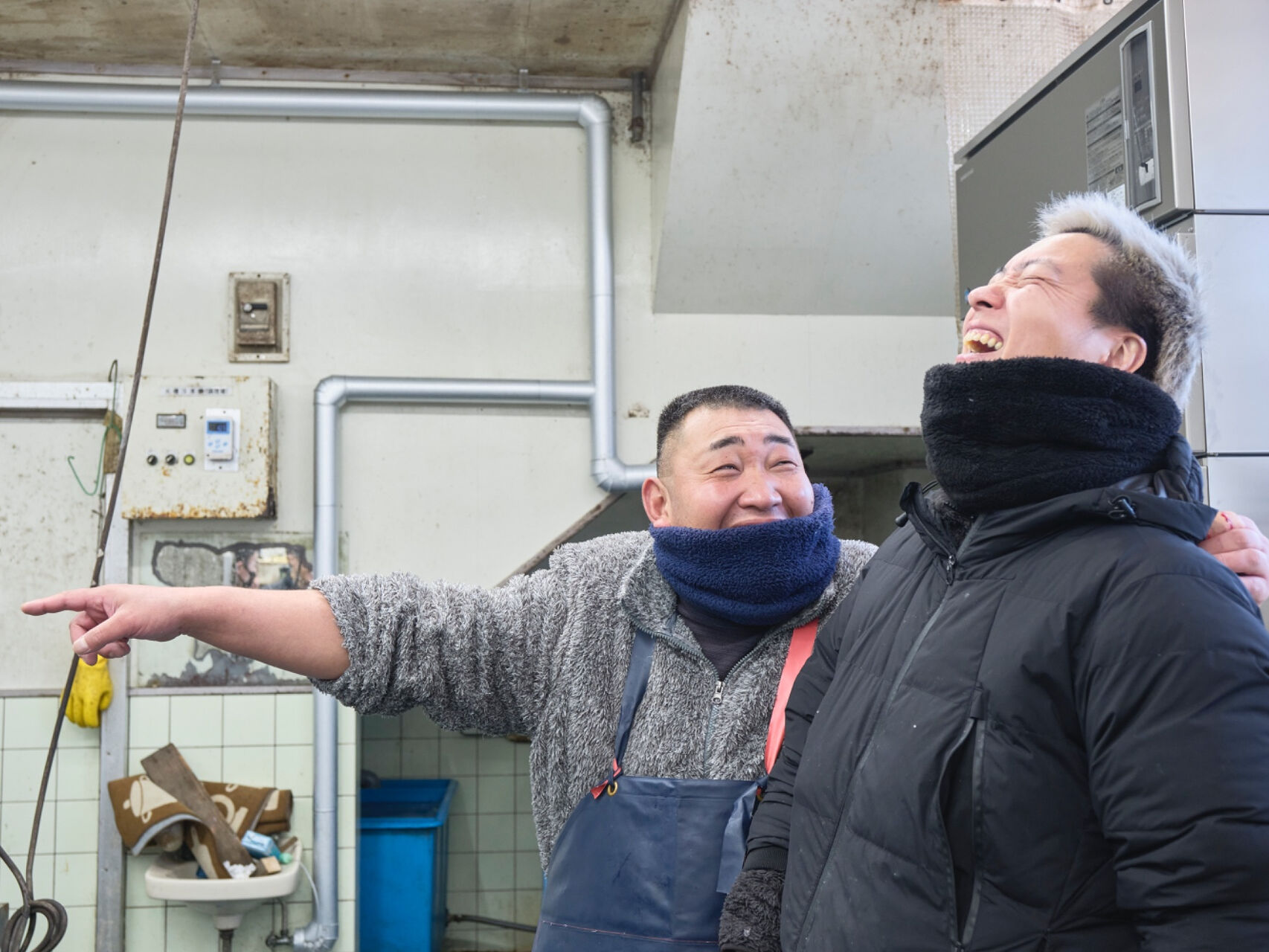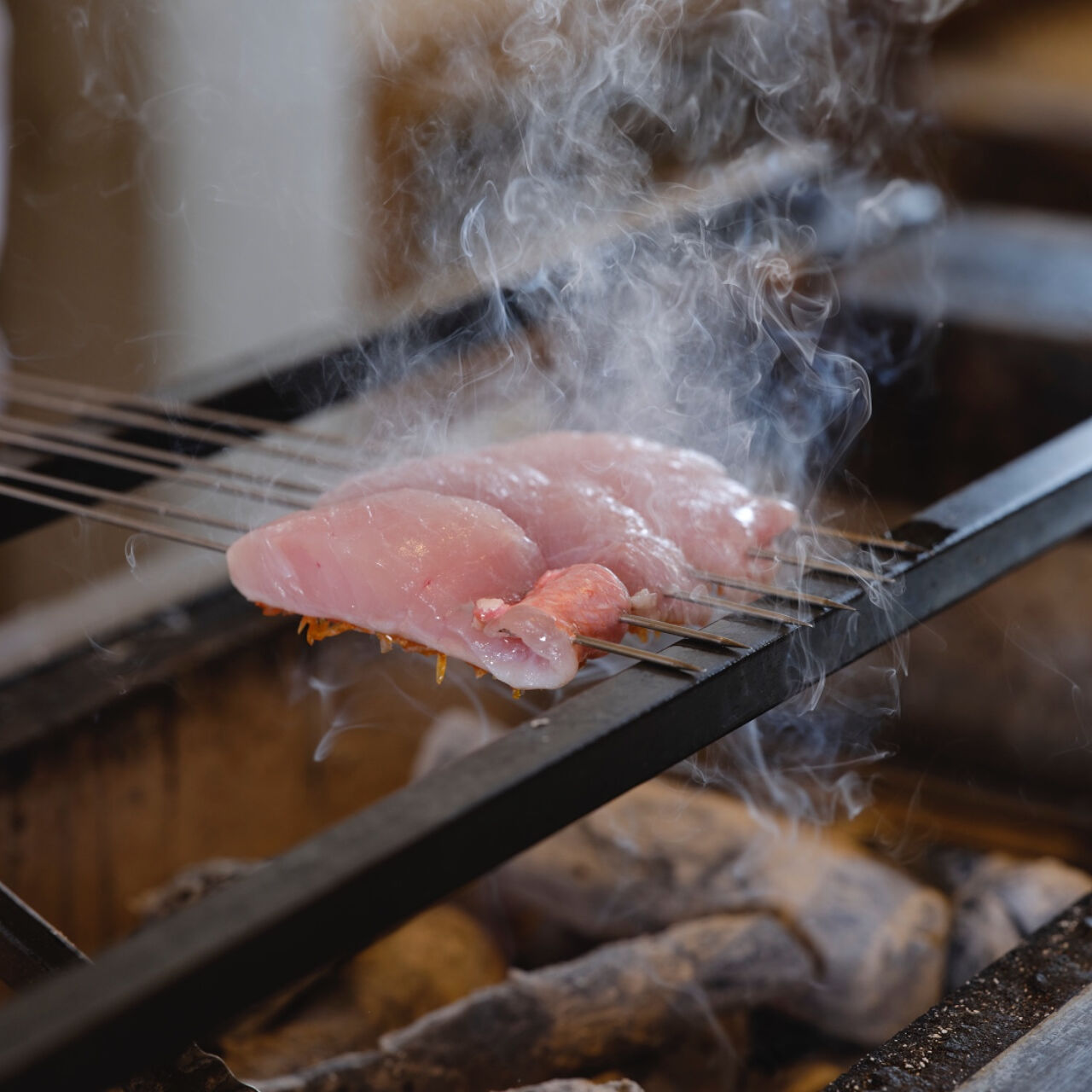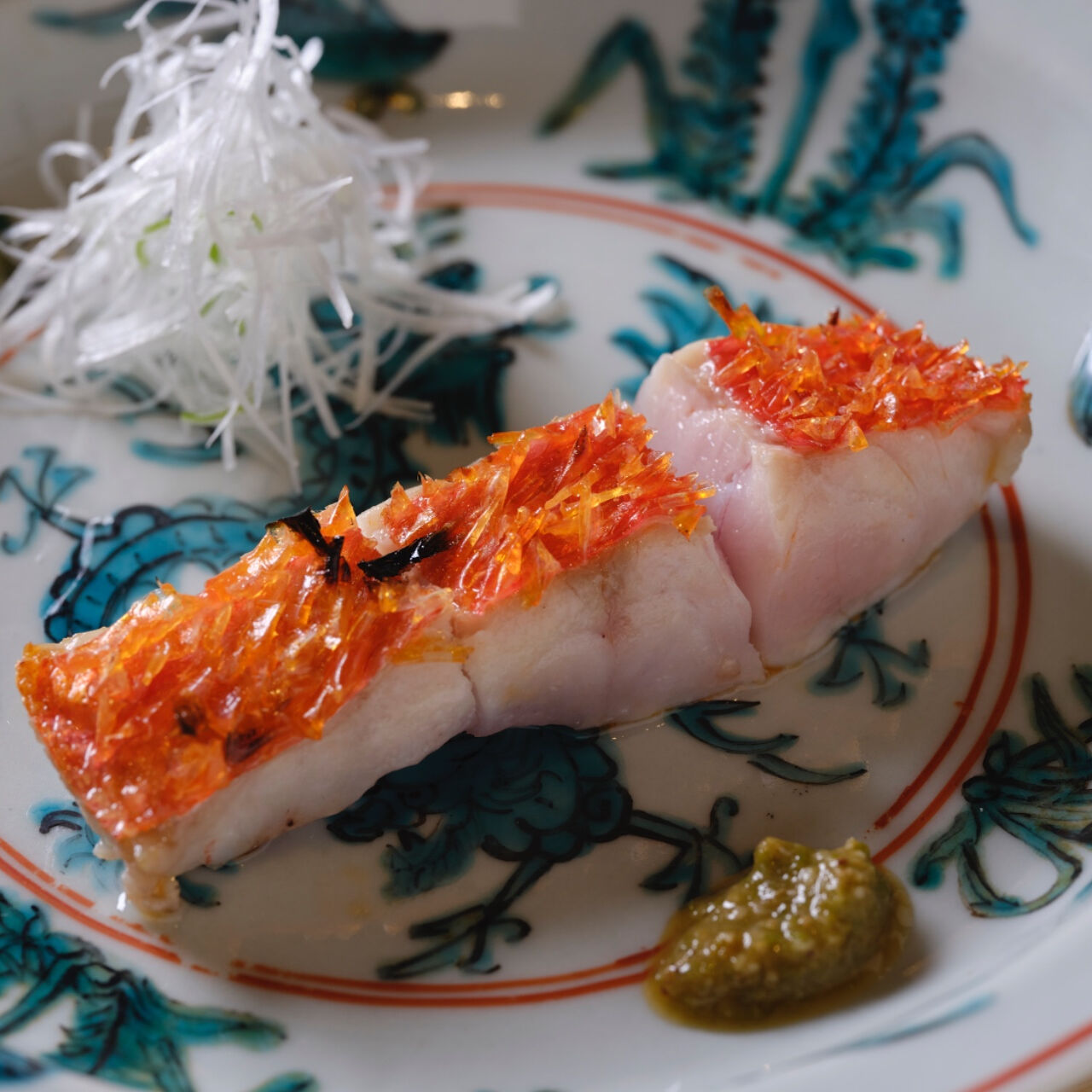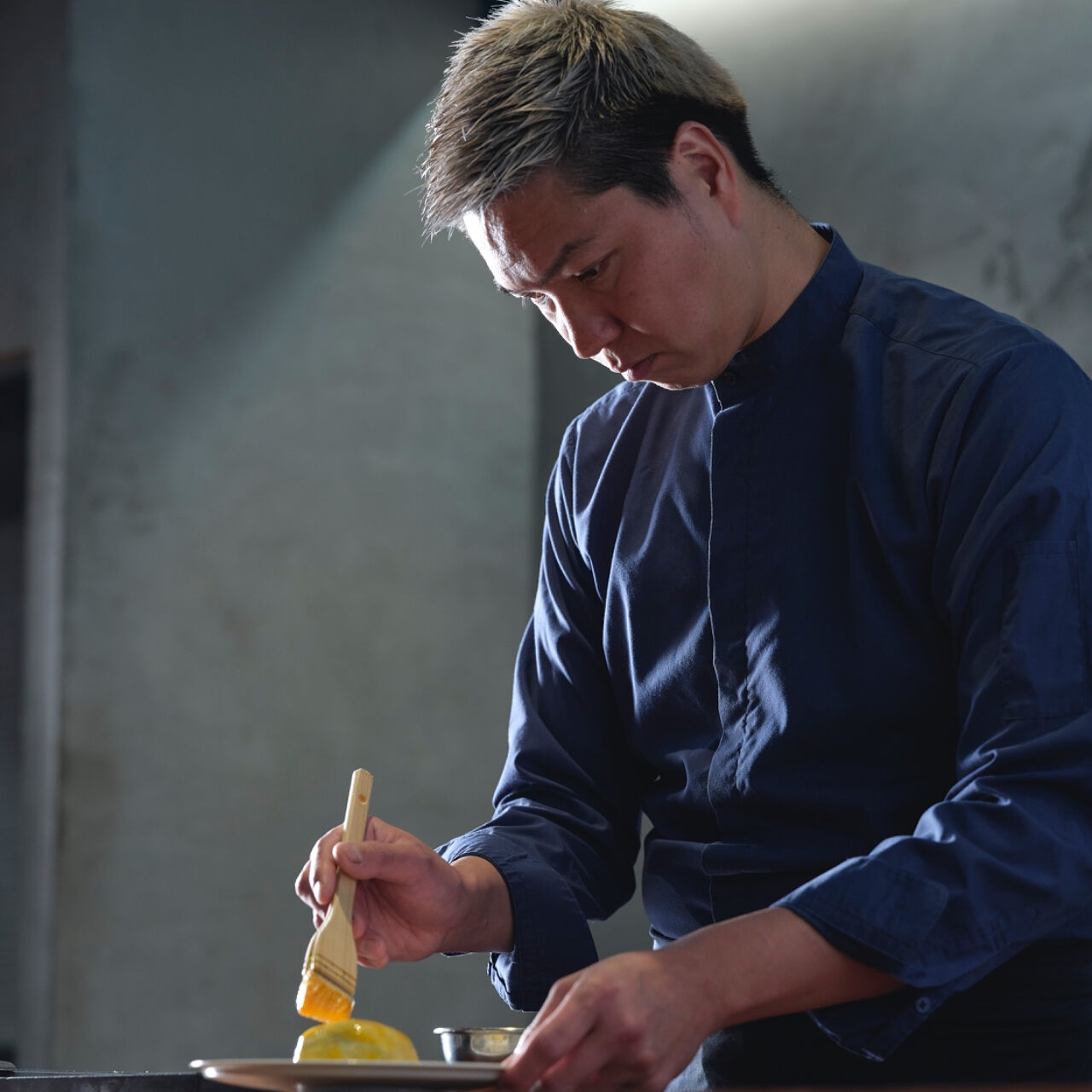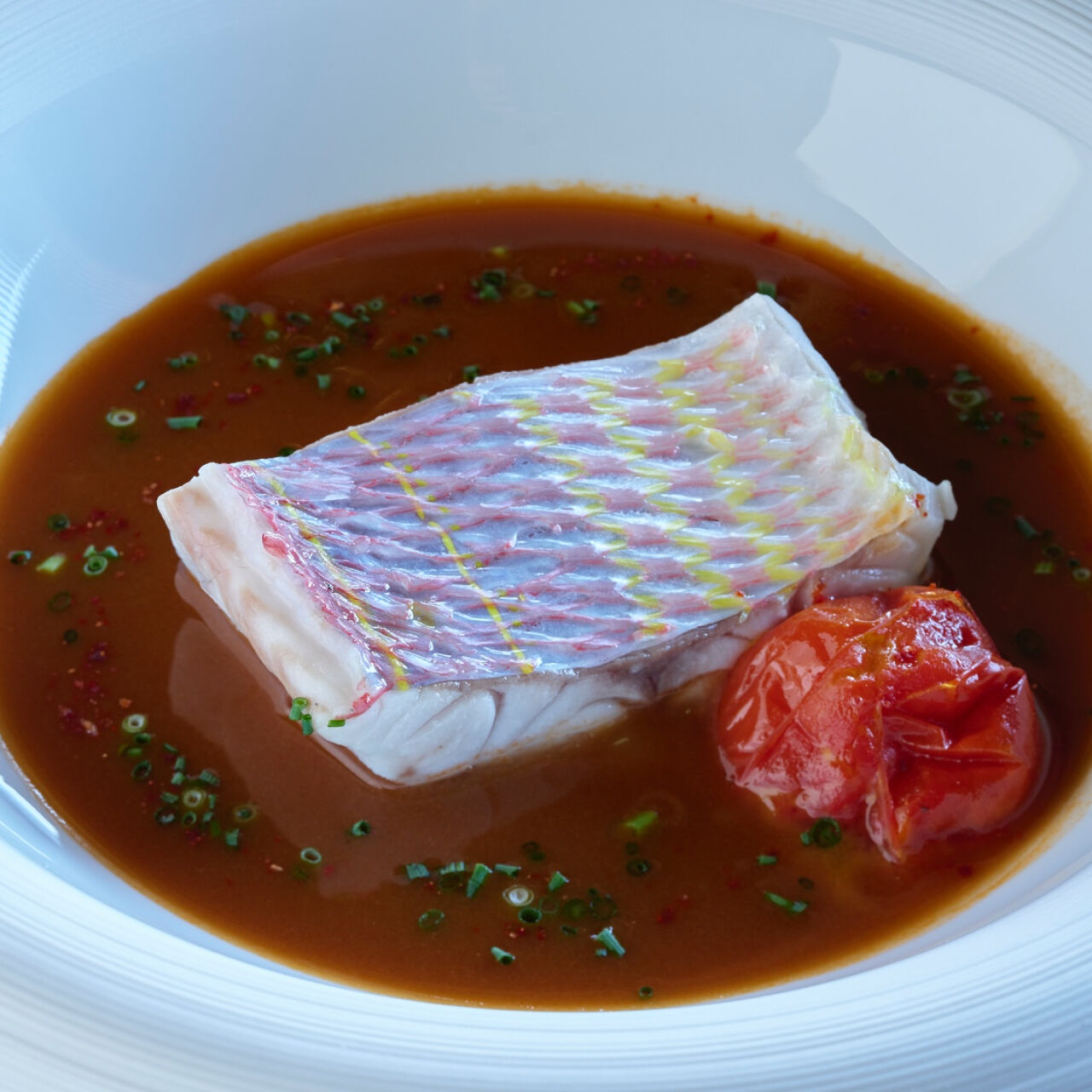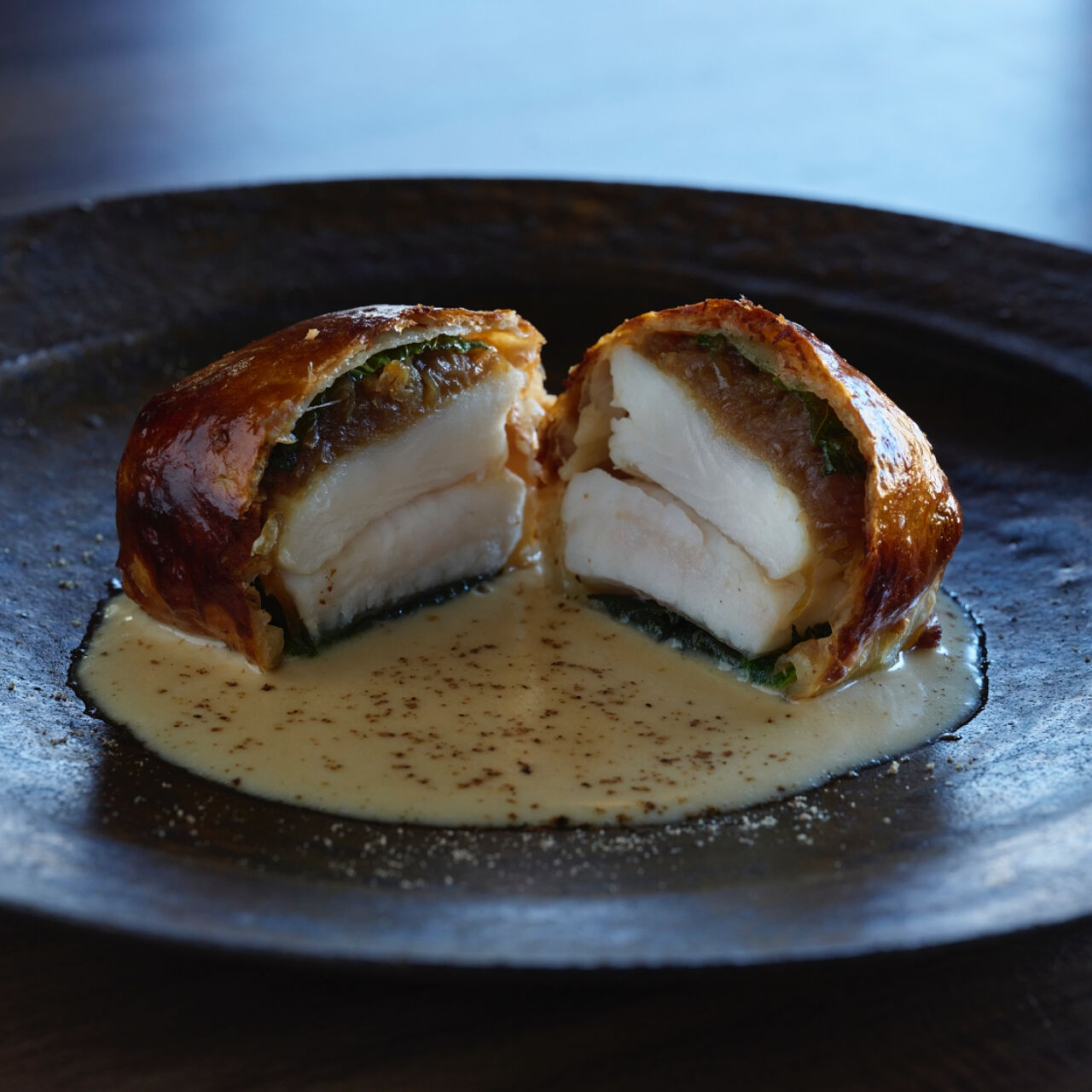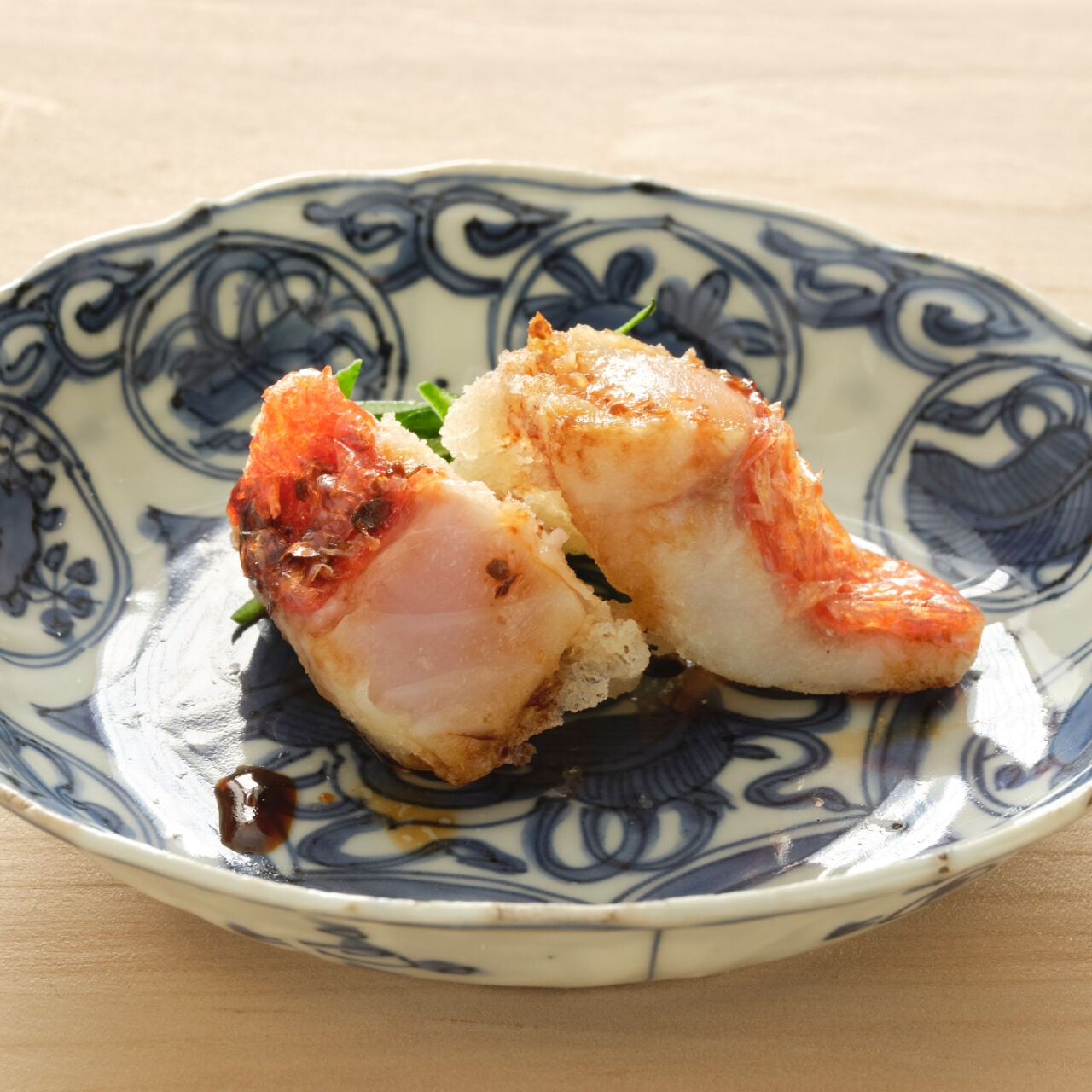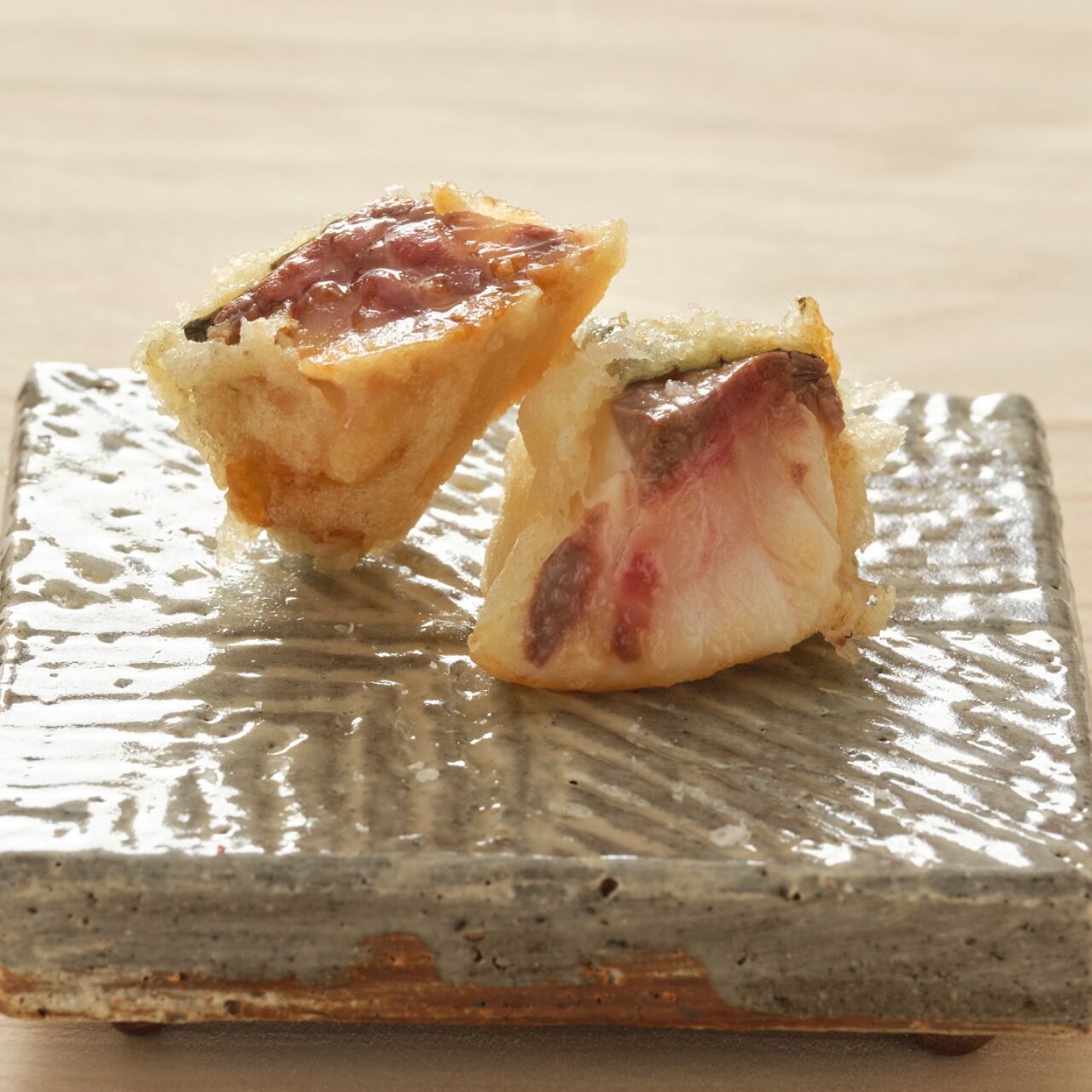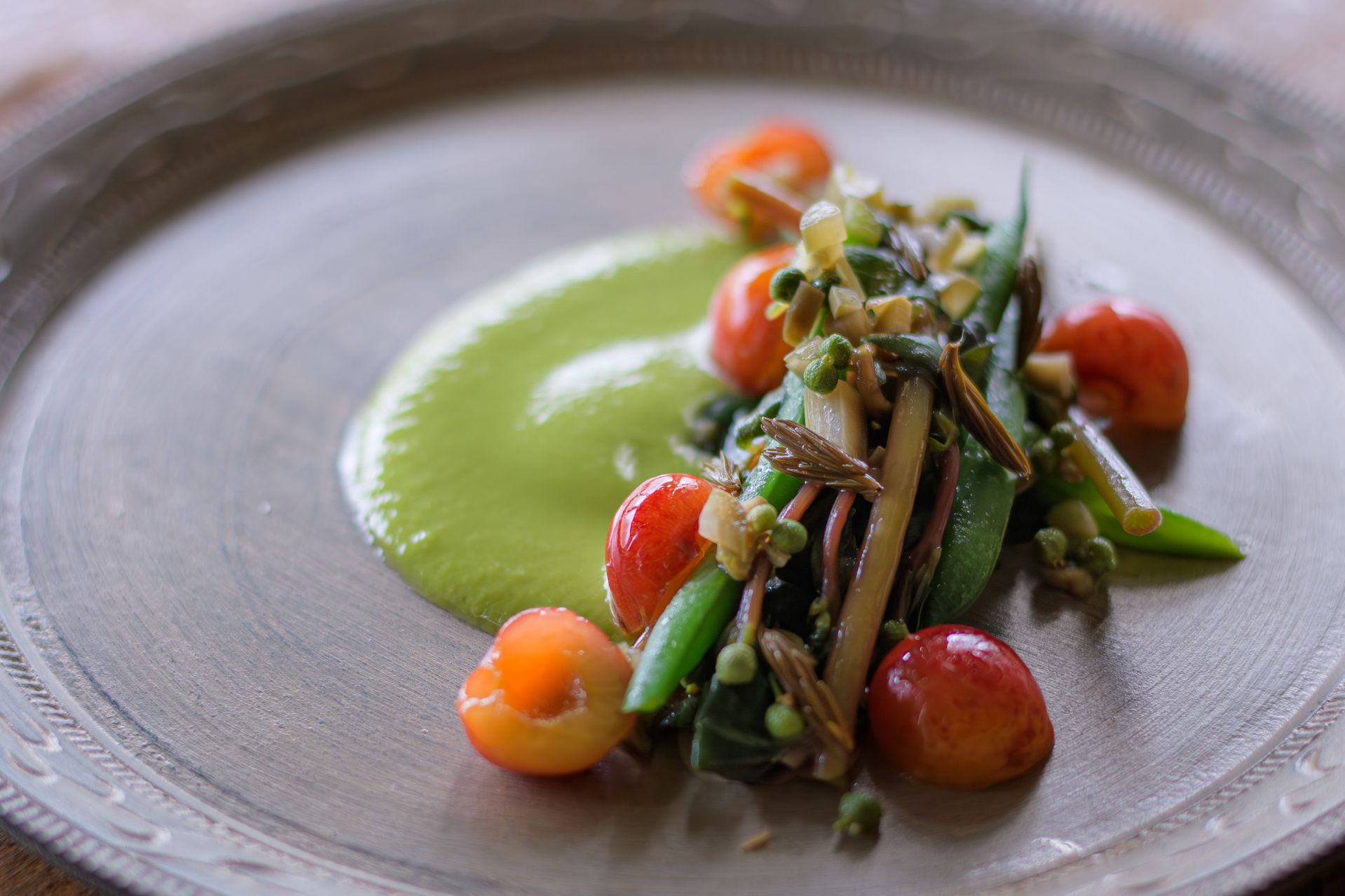“Can a single fish merchant really transform a region’s food culture?”
This was the governor’s response when hearing about Shizuoka’s rapid culinary evolution.
The catalyst for this transformation is Naoki Maeda (b. 1974), the fifth-generation owner of Sasue Maeda Fish Shop in Yaizu City. Maeda wears three distinct hats: first, as a local fishmonger supporting the community’s dining tables; second, as a specialist supplier to Michelin three-star restaurants across Japan and Asia; and third, as the leader of “Team Maeda,” collaborating with Shizuoka’s chefs to explore ways of maximizing fish’s potential.
Suruga Bay, with depths reaching 2,500 meters (over 8,200 feet), is a marine treasure trove where diverse seafood thrives in its varied topography. Maeda’s story began when he started supplying this bounty to top restaurants, earning high praise for his quality.
“If we can serve the same fish that’s acclaimed in Tokyo right here in Shizuoka, we can attract more visitors. This could become a model for regional revitalization,” Maeda believed. In 2007, he began experimenting with fish preparation and cooking methods alongside Takeo Shimura, who had opened “Tempura Naruse” in Shizuoka City.
Today, “Naruse” has become so popular that it’s difficult to secure a reservation, attracting guests from overseas as well as across Japan.
On this day, the market was bustling with practicing chefs, drawn by an exceptional catch of plump horse mackerel and mackerel. Among them were Masaki Fujioka of “Nihon Ryori FUJI,” Kenichi Nishi of “Chiso Nishi Kenichi,” Tomonori Nakamura of “Nakamura,” Daigo Sugiyama of “Onjaku,” Takeo Shimura of “Naruse,” and Yasuhiko Inoue of “Simples” – the elite chefs elevating Shizuoka’s cuisine.
Here, the ‘shinkei-jime’ technique (a precise method of severing a fish’s spinal cord and main nerve to prevent stress hormones from affecting the meat) for maintaining fish freshness – still not widely practiced in Japan – is standard procedure. “’Shinkei-jime’ is just the beginning. Now we focus on ‘hiyashi (cooling)’ and ‘oyogase (swimming),'” explains Maeda.
Several tanks in a corner of the market serve as the ‘oyogase’ facility. While many say “cooking begins with procurement,” Maeda believes it starts in the ocean itself. He spent years convincing fishermen to adopt stress-free fishing methods and transport fish alive to port.
Finding fishermen willing to undertake such labor-intensive methods, he had them taste the results and gradually won more supporters.
Then comes the ‘hiyashi’ (cooling) process. “When enzymes activate within cells, cell membranes break down, releasing umami components along with moisture as drip,” Maeda explains. “So we cool the fish to prevent this drip. Furthermore, by placing them in boxes with temperature differentials, we alter osmotic pressure rates, creating custom-prepared fish for each restaurant.” Through these methods, fish rich in flavor and moisture are delivered to each chef.
Let’s see how these carefully prepared fish are transformed by Yaizu’s newly famous “Three Masters.”
At “Onjaku”, known for its tea ceremony cuisine, Chef Sugiyama prepares Suruga Bay’s prized kinmedai (splendid alfonsino) using the ‘uroko-yaki’ scale-grilling technique. His delicate fire control slowly draws out the umami, finishing with high heat to define the fish’s character. The crispy skin and the umami locked within the unparalleled fresh flesh quality. The succulent deliciousness that explodes in your mouth is impossible to compare to anything else.
French chef Kenichi Nishi, formerly based in Hiroshima, was so impressed by Maeda’s fish that he relocated to Yaizu in 2022, opening “Chiso Nishi Kenichi” near Maeda’s shop. The horse mackerel dish shown in the title photo is his creation. His specialty is fish en croûte, today featuring swordfish. Nishi’s restaurant quickly became another difficult-to-book destination.
Tempura restaurant “Nakamura,” opened near Yaizu Station in May 2023, is run by Chef Nakamura, who trained under Shimura at “Naruse” for about eight years. “While Edo-style tempura draws out moisture and fries beyond that point, I focus on preserving the fish’s natural moisture, creating a tender, floating sensation that expresses both texture and umami,” he explains. Here lies the essence of tempura—a culinary art built upon the exquisite balance between moisture drawn out and moisture preserved through the batter, revealing the very soul of this delicate preparation.
Maeda hosts ‘yonayona-kai’ (night gatherings) after business hours, visiting restaurants to hold reflection meetings with chefs about how his fish were prepared. Sometimes fishermen join these sessions, comparing traditional and new fishing methods through taste tests.
The ocean’s conditions and the fish themselves change day by day,” Maeda reflects. “We must identify our own weaknesses, accumulate data within ourselves, and adapt to tomorrow’s catch. There is no single correct answer in this pursuit.”
From the moment fish are caught to the creation of world-class cuisine, Naoki Maeda—a visionary fishmonger—stands as the vital link in this remarkable chain of culinary artistry.
“Sasue Maeda Fish Shop”
Getting there: Located in central Yaizu
Address: 4-15-7 Nishiogawa, Yaizu City, Shizuoka Prefecture 425-0036
Phone: 054-626-0003
“Onjaku”
Getting there: Located in central Yaizu
Address: 6-14-12 Honcho, Yaizu City, Shizuoka Prefecture 425-0022
Phone: 054-626-2587
“Chiso Nishi Kenichi”
Getting there: Located near Sasue Maeda Fish Shop
Address: 4-8-9 Nishiogawa, Yaizu City, Shizuoka Prefecture 425-0036
Phone: 054-625-8818
“Nakamura”
Getting there: Located near Yaizu Station
Address: 2-4-8 Sakae-cho, Yaizu City, Shizuoka Prefecture 425-0027
Phone: 054-639-6613
Text/Shunji Miyagawa
Photography/Hitoshi Ohno
Translation/Yumiko Sushitani
Related Posts
2025-01-08
Ancient Hot Springs Fuel Japan’s Sizzling New Gastronomy Movement
A sea of clouds embraces the Okitama Basin. Just a 15-minute hotel shuttle ride…
2025-08-01
The Blessings of Tsugaru and the Stories on the Plate
In the Tsugaru region of Aomori Prefecture, deep winter brings heavy snow that…
2025-05-12
Evolving Avant-Garde Cuisine in a Remote Mountain Village
Surrounded by towering peaks reaching 1,000 meters, L’évo relocated in December…


